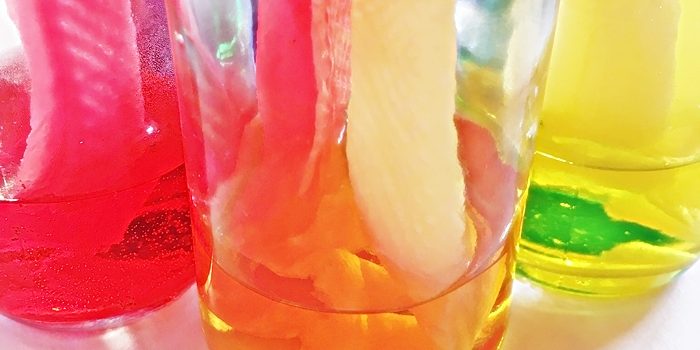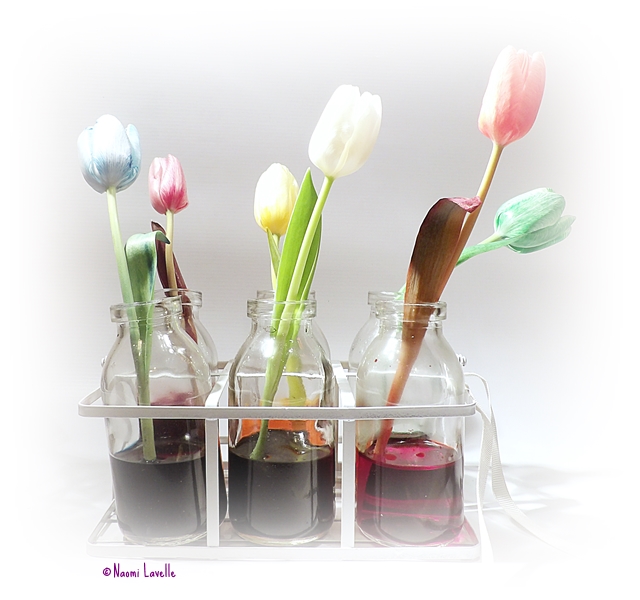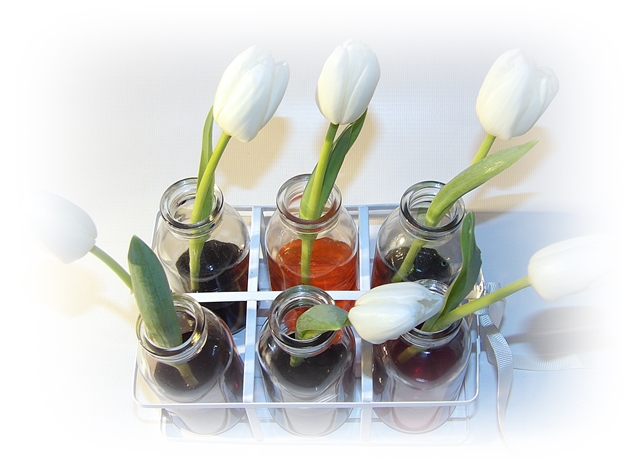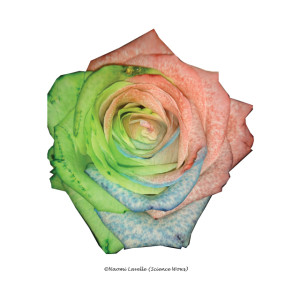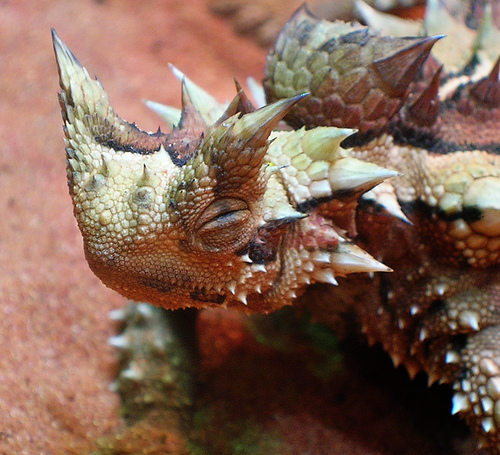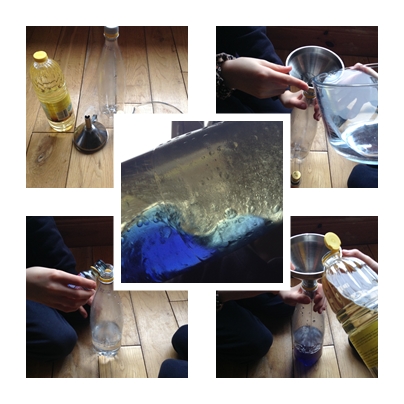Can water go uphill? The answer is… yes it can! In some ways anyway; water can travel upwards by a process called capillary action.
Capillary action can be described as water climbing upwards due to weak forces created between the water molecules and the material the water moves up along, or through. In the experiment below the water travels up the paper towel, forming these forces with the paper towel as it creeps upwards.
For this experiment you will need…
- six clear cups or bottles
- six pieces of paper towel, folded length-ways into long strips
- A jug of water
- Food colouring… red, yellow and blue
What you do…
We arranged our six bottles in a circle (but you could do this in a straight line too, if you want to create the same colours as us, you will need seven bottles in a straight line, with one colour repeated… think about it 😉 )
Half fill every second bottle with water, leave the other bottles in between empty.
Add a few drops of food colouring to each bottle containing water, red in one, yellow in the next and blue in the next.
Now take a piece of the folded paper towel and place one end into the bottle containing red-coloured water, and the other end into the empty bottle beside it; make sure the paper towel sits into the coloured water.
Take another paper towel and place one end in the empty bottle (that is now connected to the red-coloured water bottle) and the other end into the bottle containing yellow-coloured water.
Repeat this all around the circle so that the paper towel ‘wick’ goes from the yellow-coloured water bottle to an empty bottle and another from that empty bottle to the blue-coloured water bottle; finally place a paper towel ‘wick’ from the blue-coloured water bottle to an empty bottle and another from that empty bottle to the red-coloured water bottle.
When all set up it will look like this…
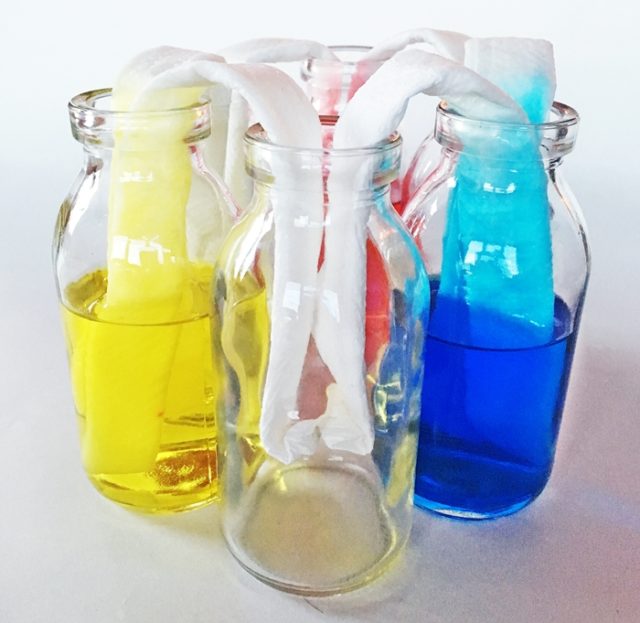
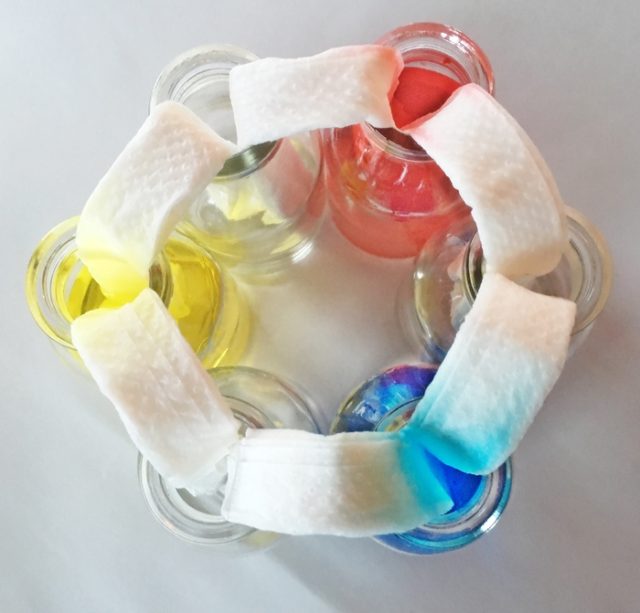
Then all you have to do is wait! You should see the water starting to climb up the paper towel ‘wicks’ within a few minutes. Leave the experiment for a few hours or overnight to get the final result.
Results:
Eventually the water will travel up one side of the paper towel and down the other side, starting to fill the empty bottle. As water comes into the empty bottle from each side, the two colours of water will mix.
The red and yellow-coloured waters will mix in the bottle between them, creating orange-coloured water.
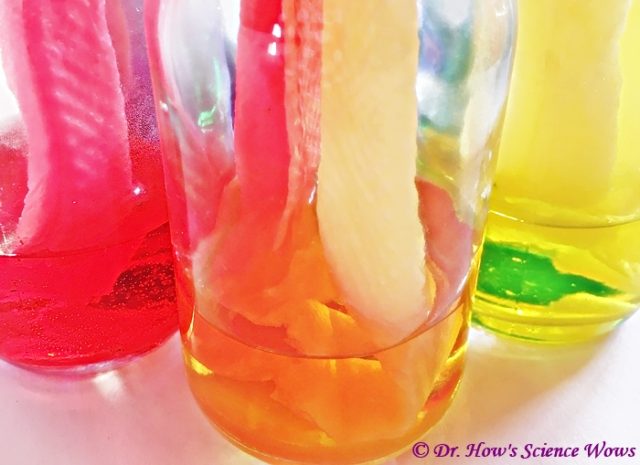
The yellow and blue-coloured waters will mix in the bottle between them, creating green-coloured water.
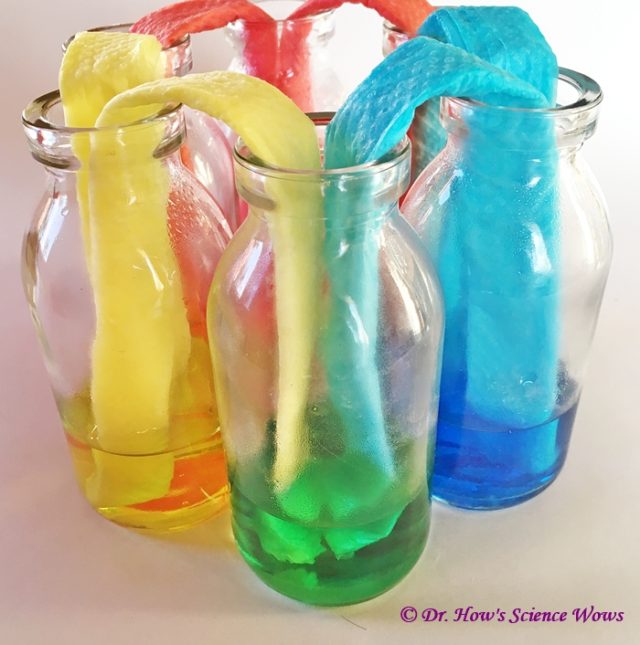
The blue and red-coloured waters will mix in the bottle between them, creating indigo-coloured water.
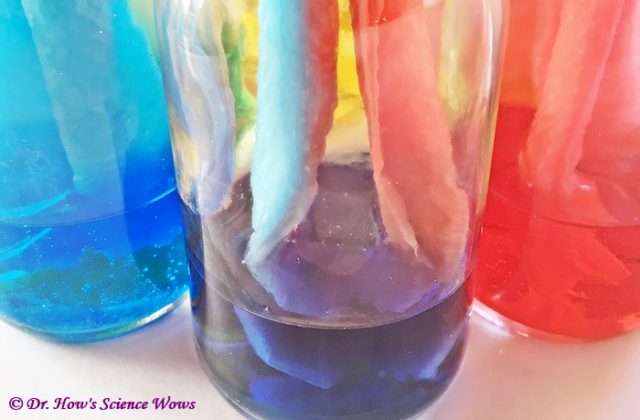
You will notice that all the bottles have now got about the same amount of water in them. Once this happens no more water will transfer between bottles.
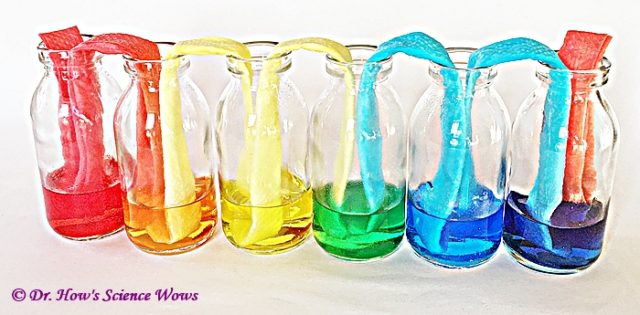
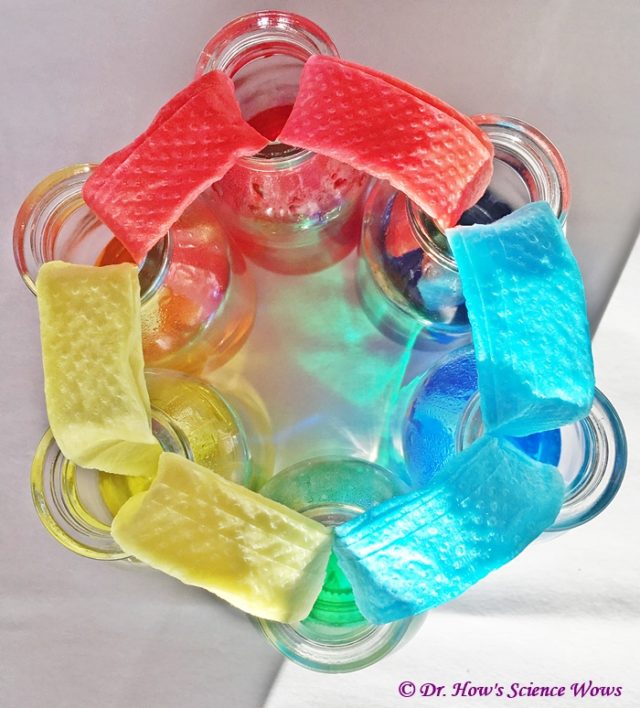
What is happening?
As mentioned above, the water is able to climb up the paper towel due to these forces, called adhesive forces, that form between the water molecules and the paper towel. This process is called capillary action.
********
On the subject of water, if you ever wondered why our fingers wrinkle in the bath check out my recent Appliance of Science column in the Irish Examiner.
